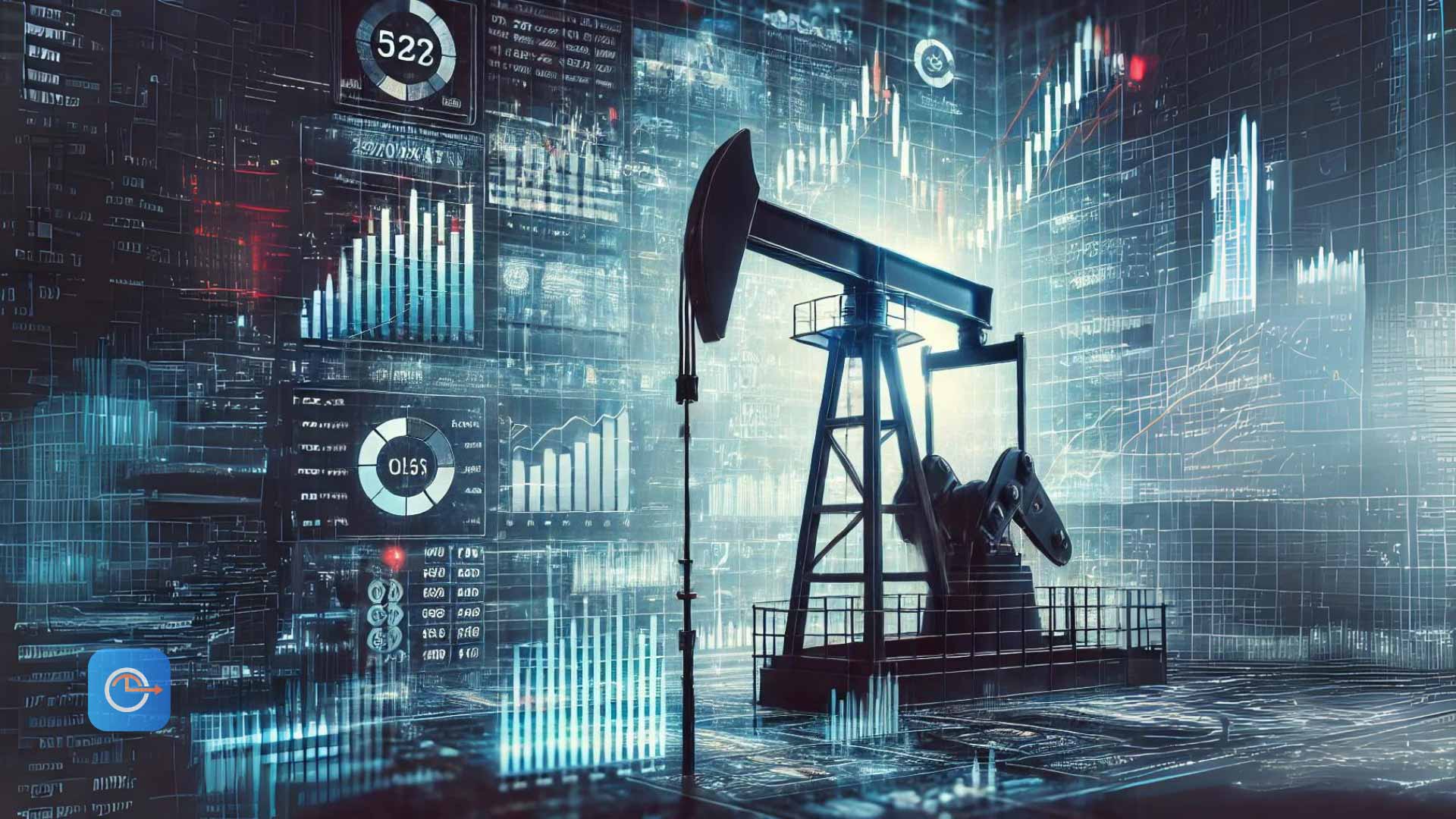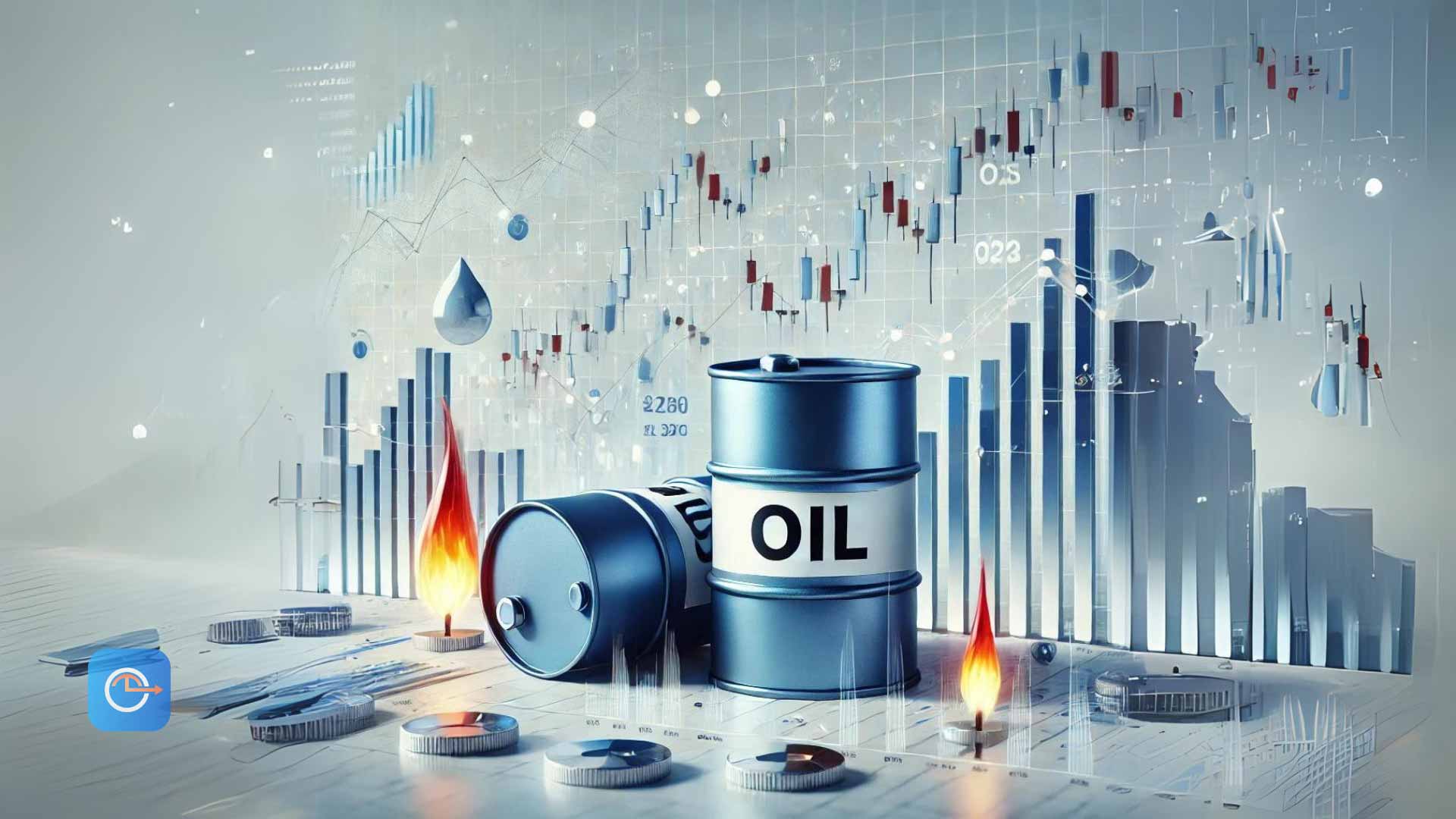
The commodities market offers a diverse range of trading opportunities, from oil and gas to metals and agricultural products. Trading commodities can be highly profitable, but it requires a deep understanding of the market dynamics, effective strategies, and disciplined risk management. For those seeking capital, working with a prop firm can provide the financial backing needed to trade larger volumes and maximize potential gains. This article will guide you through the essentials of trading commodities like oil and gas and provide actionable tips to help you master the commodities market.
Understanding the commodities market : Key insights into energy trading
What are commodities? A deep dive into energy resources and fuels
Commodities are raw materials or primary agricultural products that can be bought and sold. They are typically divided into two categories: hard commodities and soft commodities.
- Hard commodities: Natural resources that must be mined or extracted, such as oil, gas, gold, and silver.
- Soft commodities: Agricultural products or livestock, such as wheat, coffee, sugar, and cattle.
Key commodities to trade : Focus on oil, gas, and energy
- Oil: Crude oil is one of the most traded commodities globally, with prices influenced by geopolitical events, supply and demand, and economic indicators.
- Natural gas: Used for heating and electricity, natural gas prices are affected by seasonal demand, weather conditions, and supply disruptions.
- Gold and silver: Precious metals used as safe-haven assets, with prices driven by economic uncertainty, inflation, and currency fluctuations.
- Agricultural commodities: Include products like corn, soybeans, and wheat, with prices influenced by weather, crop yields, and global demand.
Factors influencing commodity prices : Impact on energy markets
Several factors can influence commodity prices, including:
- Supply and demand: The balance between supply and demand is a primary driver of commodity prices. Factors such as production levels, inventory, and consumption trends play a crucial role.
- Geopolitical events: Political instability, conflicts, and government policies can impact the supply of commodities, especially oil and gas.
- Economic indicators: Data such as GDP growth, employment figures, and inflation rates can affect commodity prices by influencing demand.
- Weather conditions: Weather can significantly impact agricultural commodities and energy demand, leading to price fluctuations.
- Currency movements: Commodities are typically priced in US dollars, so changes in the dollar’s value can affect commodity prices.
Developing a commodity trading strategy for oil and gas
Technical analysis in energy trading: Tools and techniques
Technical analysis involves studying price charts and using indicators to identify trends and potential trading opportunities.
- Moving averages: Use moving averages (e.g., 50-day and 200-day) to identify trend directions and potential entry points.
- Support and resistance: Identify key support and resistance levels on the price chart to determine entry and exit points.
- Volume analysis: Analyze trading volume to confirm trends and potential breakouts.
Fundamental analysis for oil, gas, and energy
Fundamental analysis involves evaluating economic indicators, news, and events that can impact commodity prices.
- Supply reports: Monitor supply reports such as the US Energy Information Administration (EIA) oil inventories report.
- Economic data: Track key economic indicators such as GDP, inflation, and employment reports.
- Geopolitical news: Stay updated on geopolitical events and news that can affect commodity supply and demand.
Risk management
Effective risk management is crucial for long-term success in commodity trading.
- Set stop-loss orders: Always use stop-loss orders to limit potential losses on each trade.
- Position sizing: Trade with appropriate position sizes relative to your account balance to manage risk effectively.
- Diversification: Diversify your trades across different commodities to spread risk.
Practical tips for trading oil, Gas, and More
Trading crude oil: Strategies for profiting in the energy sector
Oil is one of the most volatile and actively traded commodities. Here are some tips for trading oil:
- Follow geopolitical events: Oil prices are highly sensitive to geopolitical events, such as conflicts in oil-producing regions or OPEC decisions.
- Monitor supply data: Keep an eye on supply data, such as the weekly EIA crude oil inventory report, to gauge supply levels and potential price movements.
- Understand seasonal trends: Oil demand can fluctuate seasonally, with higher demand during winter for heating and summer for driving.
Trading natural gas: Navigating volatility and market cycles
Natural gas prices can be highly volatile due to seasonal demand and supply disruptions. Here are some tips for trading natural gas:
- Watch weather forecasts: Weather conditions significantly impact natural gas demand, especially for heating and cooling.
- Follow inventory reports: The EIA natural gas storage report provides insights into supply levels and potential price movements.
- Understand market cycles: Natural gas markets often exhibit cyclical patterns, with prices rising during high-demand periods.
Trading gold and silver
Gold and silver are popular safe-haven assets, offering protection against economic uncertainty and inflation. Here are some tips for trading these metals:
- Monitor economic indicators: Pay attention to economic indicators such as inflation rates, interest rates, and currency movements.
- Use technical analysis: Apply technical analysis to identify trends and potential entry and exit points.
- Stay informed about geopolitical events: Geopolitical events can drive demand for safe-haven assets like gold and silver.
Trading agricultural commodities
Agricultural commodities can be influenced by various factors, including weather, crop yields, and global demand. Here are some tips for trading these commodities:
- Follow weather reports: Weather conditions can significantly impact crop yields and prices.
- Monitor crop reports: Reports such as the USDA crop progress report provide valuable insights into crop conditions and potential supply levels.
- Understand global demand: Global demand for agricultural products can be influenced by population growth, dietary changes, and economic conditions.
Example of a successful oil trade oil trade: Step-by-step guide

Let’s walk through a detailed example of a successful oil trade using a trend-following strategy.
- Analyzing the market: You notice that crude oil prices have been in an uptrend, supported by rising demand and geopolitical tensions in the Middle East.
- Identifying the trend: Using the 50-day and 200-day moving averages, you confirm the uptrend as the 50-day moving average crosses above the 200-day moving average.
- Setting up the trade: You decide to buy crude oil at $70 per barrel, just above the crossover point, to confirm the upward momentum.
- Placing stop-loss and take-profit orders: To manage risk, you place a stop-loss order at $65 (5 points below your entry) and a take-profit order at $80 (10 points above your entry).
- Executing the trade: Over the next few weeks, positive economic data and supply concerns drive oil prices higher, reaching your take-profit level of $80.
- Calculating the profit: Your trade is automatically closed at the take-profit level, resulting in a profit of 10 points. If you traded 100 barrels, this means a profit of $1,000 (100 barrels x $10).
Avoiding common mistakes in energy and commodity trading: Tips for success
Even experienced traders can make mistakes, but learning to avoid common pitfalls can help you trade more effectively.
Overtrading
Trading too frequently can lead to increased transaction costs and emotional fatigue. Focus on high-quality trades rather than quantity.
Ignoring risk management
Failing to manage risk can lead to significant losses. Always use stop-loss orders and position sizing to protect your capital.
Chasing the market
Avoid the temptation to chase the market after missed opportunities. Stick to your trading plan and wait for the next setup.
Mastering the commodities market requires a combination of knowledge, strategy, discipline, and continuous learning. By understanding the key factors influencing commodity prices, developing effective trading strategies, and following practical tips, you can unlock profitable opportunities in commodities trading, including oil, gas, and more.
Remember, successful trading is a journey that involves constant improvement and adaptation. Stay committed to your goals, keep learning, and apply the strategies and tips outlined in this guide to enhance your trading skills and achieve your financial objectives.




















